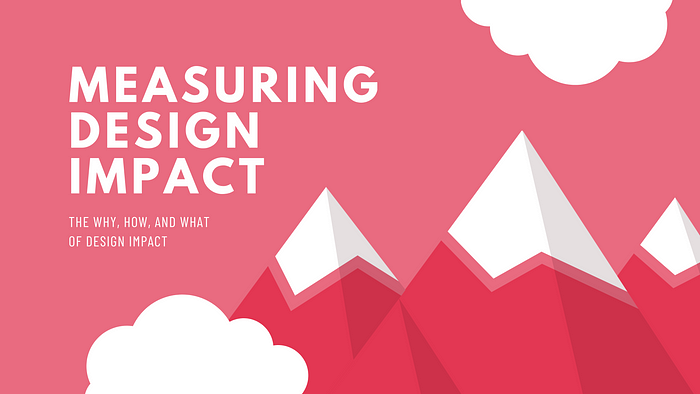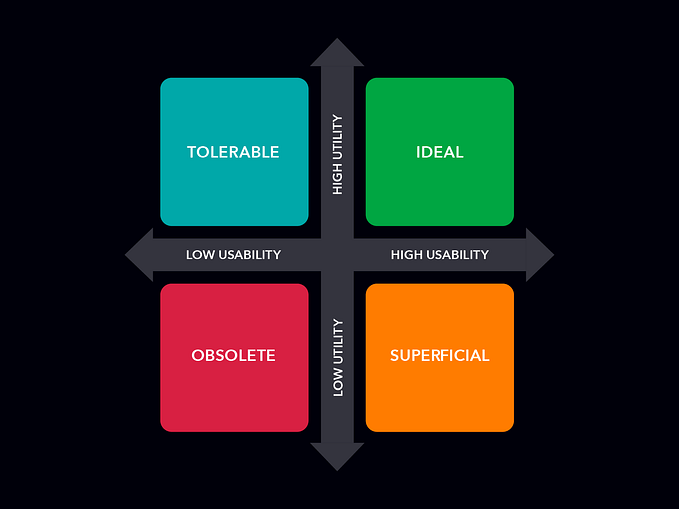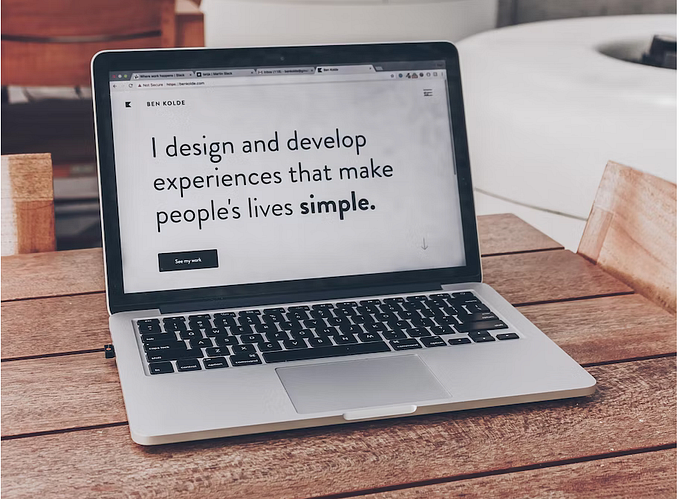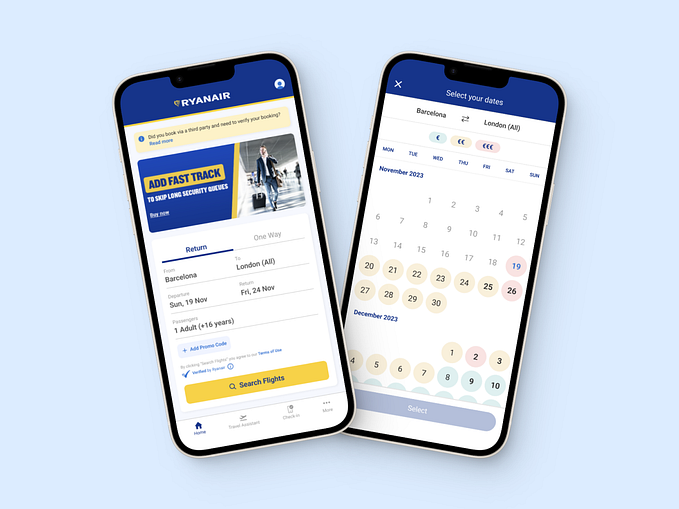How to measure Design impact?

For the past years, the way we measure Design has evolved. Previously, the measuring stick we use is how visually appealing it was, how great the color schemes were, and how on-the-spot the layout of such designs. But today, we’ve shifted our mindset from the aesthetic point of view, to how much Design has impacted user’s behavior and the number of delighted users we have at hand. But with this given new mindset, the big question is…
How do we measure the impact of our designs?
I know the word “measure” would make us all back-off. But I promise this won’t include any formulas (I hope 🤞)
And when we say the impact the questions we have are: how engaged our users were? are they hooked to our designs? or did they just flipped the table and gave up?
But before I start sharing with you the Hows, let me start first with the Why. Why do we need to measure the impact of our design?
The Why
- A successful Design isn’t solely based on quality but also quantity. And quantity means numbers and data.
- Being data-informed is being user-informed.
- The impact opens up the symptoms of your design problems, which helps you to identify the root cause.
- Knowing the impact of your design gives you a better judgment of what to solve and how to solve it.
So now that I’ve listed why we have to measure it, let’s now dive deep into the biggest question — how do we measure?
The How
There are a couple of metrics we have to take note of when measuring the impact of our designs. And I will be focusing on what are usually used and important:
The Views 👀
The Views simply mean how many users saw the screen or page.
And you might think “why it is important?”
Answer:
It is important, as it is tied up to the next metric, the Click-Through-Rate (CTR).
The Click-Through-Rate (CTR) 👆🏼
It means how many of your users who viewed the screen or page, resulted in clicking to your call-to-action. Because there can be high views but very low CTR, which speaks a lot about your solution and might be a problem needed to be solved. And if we apply it in Product Design using the screen below, it would be like this:
Views: the number of users who saw the check-out screen
CTR: the number of users who tapped on the Check-out button
So what information does it give you when you learned about CTR?
- It educates you on how discoverable your call-to-actions or design elements you’ve used as your solution
- It tells you how successful you are in converting users, especially if the problem you were trying to solve is about user conversion (i.e. making a user sign up or making a user purchase an item by showing an item discount banner. See example below)

The Conversion Rate (CR) 💎
Conversion Rate is the metric used to know how many of your xx users were converted to yy users. It can be as simple as, how many acquired users turned into registered users Also, you can get this kind of data out of what so-called, Funnel Analysis.

The analysis will help you understand how many users dropped-off from Step A to Step B, and how many were converted.
So what information does it give you?
- It shows you the drop-off rate in each step, which might be a problem you have to solve
- It provides you information on how effective your design solutions are.
The What
Basically, these three Hows are dependent on the design solutions you’ve created, and the kind of impact you want to measure.
So What do you get from doing these?
The beauty of knowing the impact of your work speaks a lot about the design decisions you’ve made. What you get is actually the proof of how effective and how not-so-effective your solutions are. And it’s okay to fail and see high drop-off rates. Sh*t happens, and that’s the reason why we do this, to avoid sh*t from happening as much as possible. So we better act upon it.
And my one piece of advice —
It’s our responsibility to measure the impact of our design and never our product managers. And so, if you want to know and grow as a designer, you have to set and spend the time with your Product Manager, Product Analyst, and Engineers to talk about what you want to measure, how you want to measure, and why you want to measure them.
I’ve recently become a mentor in ADPList! I’d love to hear about you, so book a session with me at — https://adplist.org/mentors/riel-mosqueriola for mentorship











